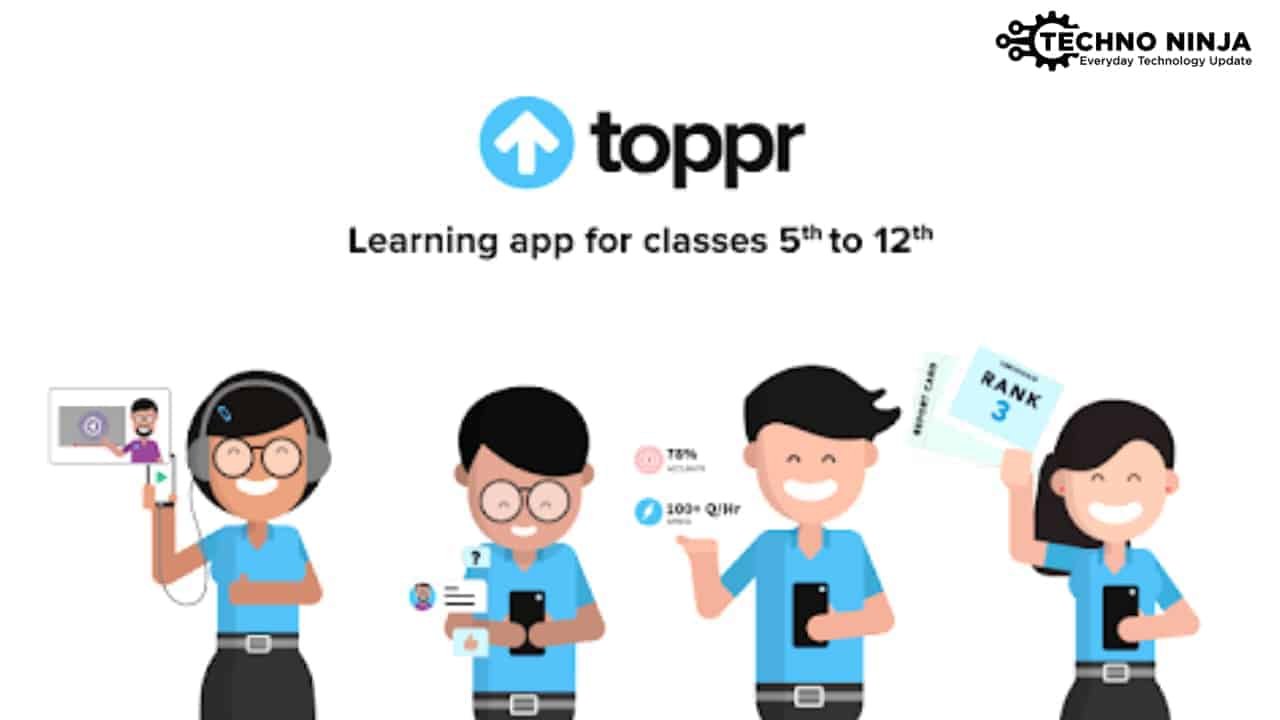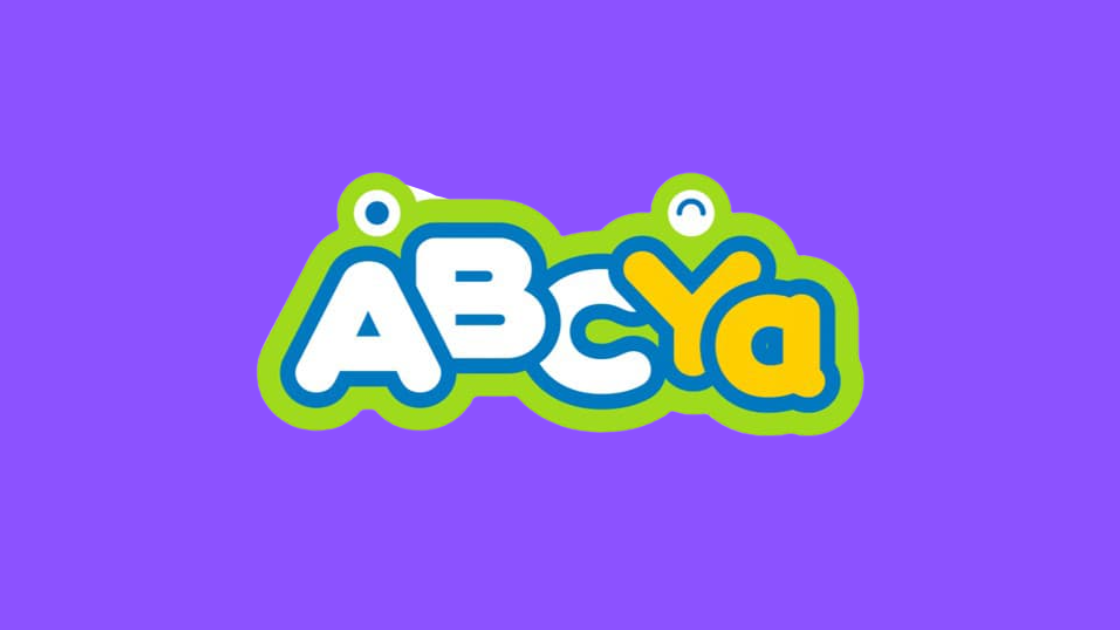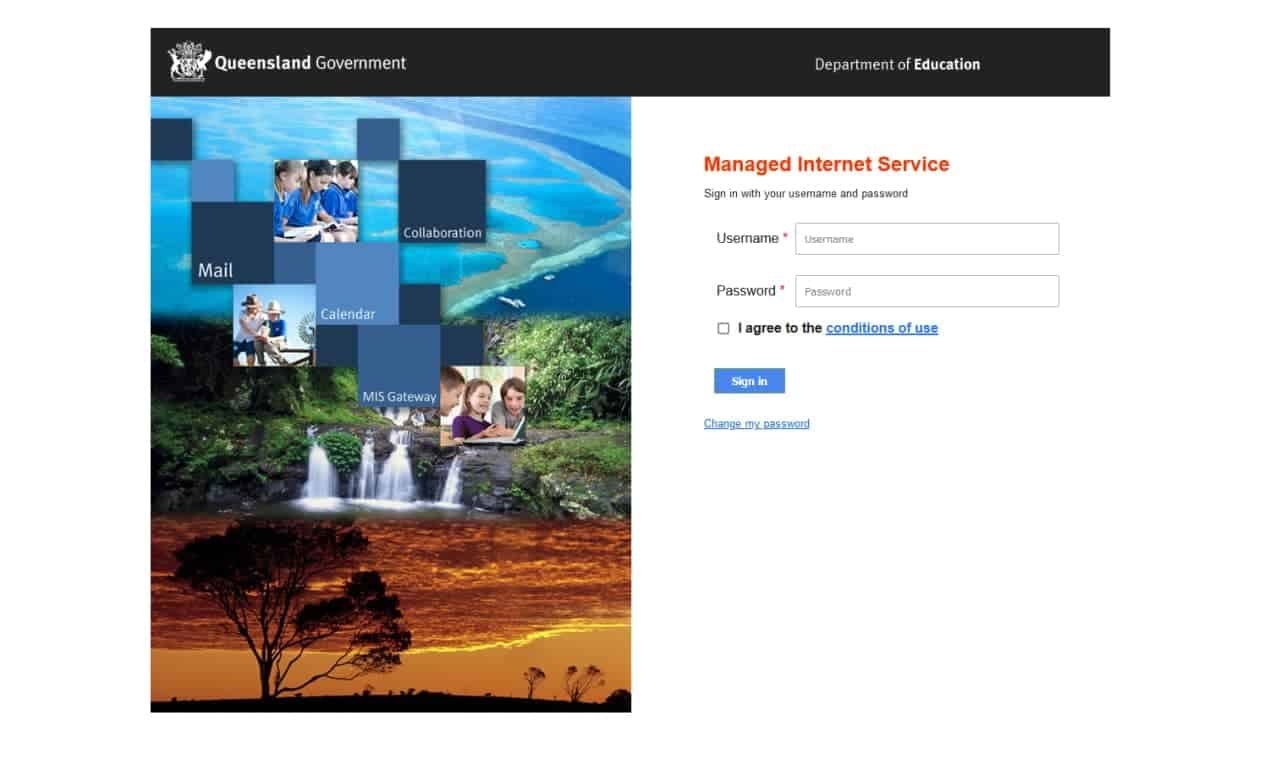Technology has reshaped education and journalism in the last few decades, advancing and penetrating every aspect of our lives. Technology is seen as a force for progress that attracts people who want to learn the skills to innovate and succeed in this dynamic digital environment. The old ways of learning and sharing news have changed to keep up with the presence of technology in our daily routines.
This change is reflected in the growing popularity of tech-related studies, which respond to the increasing need for professionals who can handle the challenges of a tech-driven world. This need is not limited to one sector but spans different industries, such as healthcare, finance and communications.
So, what does this mean for journalism students and professionals? How does tech-related study affect their academic and career prospects? We aim to answer these questions by exploring how tech-related study has influenced the journalism industry and its future.
Tracing the development of technology
Technology has come a long way since its early beginnings. Technology has become an essential part of our daily lives, from the invention of personal computers to the prevalence of smartphones and the potential of artificial intelligence.
A constant quest for improvement, connection and innovation has driven this development. Technology has transcended its original boundaries, becoming vital to how we work, communicate and interact with the world around us.
The digital transformation, a fundamental change brought about by the widespread use of digital technologies, has been a disruptive force across many industries. The impact on traditional sectors has been especially significant, leading to a new era of productivity and interconnectivity.
Industries that once relied on analog methods have drastically changed, adopting digital tools for communication, data analysis and automation. This change has created a high demand for individuals skilled in the nuances of technology, setting the stage for the boom in tech-related studies.
Innovation and technological advancements are not just theoretical concepts but influential factors that shape the nature of the job market. The need for tech-savvy professionals has increased as industries adjust to the digital environment. Employers are looking for individuals proficient in existing technologies who can adapt to emerging trends and drive innovation within their organizations.
Once characterized by specific skill sets, the job market is now a dynamic field where adaptability and technological expertise are paramount. This shift has created a conducive environment for the growth of tech-related studies as educational institutions adapt to the changing needs of the job market by providing students with the skills that make them valuable in this fast-changing world.
The rise of tech-related studies
The growth of tech-related study programs is not a coincidence but a strategic reaction to the changing needs of industries and the job market. As the traditional boundaries between sectors fade, professionals with a basic knowledge of technology become essential assets. Tech-related study programs, from computer science to data analytics, provide students with a specialized skill set that matches the demands of our technology-infused landscape.
The cross-disciplinary nature of these programs ensures that graduates are not limited to a specific industry, giving them a flexible toolkit that is applicable to various professional domains.
Economic factors have a significant role in developing tech industries and the subsequent need for skilled professionals. In an era where data is considered the new currency, enterprises are investing heavily in technology to exploit the power of information. The digitization of processes and automation and the emergence of cutting-edge technologies such as artificial intelligence and blockchain have become crucial in improving efficiency and driving economic growth.
As a result, industries are forced to look for individuals with the expertise to navigate these technological landscapes. The mutual relationship between the economy and technology creates a positive cycle where the development of tech industries fosters economic prosperity, further boosting the demand for tech-related studies.
Societal shifts towards a technology-centric culture have also been a characteristic feature of the modern era. The prevalence of smartphones, the popularity of social media and the integration of smart devices into daily life highlight a fundamental change in how we interact.
This cultural shift has profound implications for educational choices. As technology becomes integral to personal and professional life, individuals realize the need to keep up with technological advancements.
Consequently, there is a growing tendency towards educational pathways that offer a deep dive into technology. The attraction of a technology-centric culture, marked by inter connected ness, shapes students’ preferences, guiding them toward tech-related studies to thrive.
What is remote learning?
Distance learning, or remote learning, is a mode of education that does not require students to be physically present in a classroom. Instead, it uses technology to enable students to access educational materials, instructors and peers, regardless of their location.
A brief history
Distance learning can be traced back to 1728 in Boston when Caleb Philipps conducted courses on shorthand via weekly lessons sent by post. The University of London adopted long-distance learning in 1858, offering degree courses to students outside London through its External Programme. By 1892, the University of Wisconsin coined the term’ distance education’ and began recording lectures for students.
Radio broadcasts in the early 20th century provided new possibilities for remote learning. Notably, the University of Alberta in Canada offered online courses in 1965, and the Open University in the UK became the first institution dedicated to providing distance learning opportunities.
The University of Phoenix revolutionized education in 1986 by establishing the first completely online educational institution, making advanced learning accessible. The age of the internet led to the emergence of massive online open courses (MOOCs), pioneered by MIT in 2012, further democratizing education.
The pandemic’s impact on remote learning
The COVID-19 pandemic acted as an unforeseen trigger, pushing remote learning into the mainstream. Educational institutions had to adapt quickly, as lockdowns and social distancing measures were imposed worldwide, and they relied on remote learning as the main mode of instruction.
The pandemic illustrated the strength and flexibility of remote learning, demonstrating its effectiveness in keeping education going during difficult times. This sudden change increased the use of digital tools and platforms, making remote learning a vital part of the educational landscape. As a result, remote learning, once seen as an alternative educational approach, has become a key element of modern learning.
Remote learning in journalism education
Journalism education has significantly changed due to remote learning, affecting educators and students in various ways. One of the main benefits of remote learning is the increased accessibility of journalism courses for students from different parts of the world, who can now join programs previously out of their reach. This creates a more diverse and inclusive learning community, which enriches the cross-cultural perspectives in journalism education.
Another critical aspect of remote journalism education is the quality of instruction. Digital platforms have provided educators with new tools, such as interactive multimedia resources and real-time feedback mechanisms, to enhance content delivery. These can improve the learning experience for many students.
Benefits of remote learning for journalism students
We’ve examined what remote learning entails, and its success strategies. Below, we explore some of the advantages of remote learning and how it can prepare journalism students for the opportunities within the media industry.
Learning technological skills
Remote learning helps journalism students learn technological skills that are essential within the media industry, which is constantly changing alongside technology. Students become digitally literate, which is a key skill for success in journalism.
Remote learning also teaches journalism students how to use multimedia tools to tell stories in different ways. They can use video editing software, graphic design applications and audio production platforms to create stories with visuals, audio and graphics. These stories can appeal to different audiences and capture their interest.
Journalism students can also unleash their innovation and creativity in remote learning by using various digital tools and platforms. They can try different formats for their stories, such as podcasts, blogs, videos and infographics, and share them with different audiences. This helps them develop their technical skills and foster a culture of innovation, which is essential to adapting to the changing landscape.
Flexibility in your schedule
Remote learning gives journalism students the convenience and empowerment to control their time and productivity. They can tailor their schedule to their individual learning styles and peak performance times. Whether they are morning people or night owls, they can study when they are most inspired and focused.
Remote learning also eliminates the need for daily commutes to a physical campus, saving time. Students can use this time to pursue other interests, such as professional commitments, part-time work or internships. This can help them enhance their practical skills and apply the theoretical knowledge they gain in journalism studies to real-world situations.
Another benefit of remote learning is the flexibility it provides to choose a preferred learning environment. Students can study in the comfort of their homes, a cozy local cafe or a tranquil park. They can adapt to the surroundings that suit their mood and preferences, creating a conducive atmosphere for focused learning. This can help them maximize their understanding of journalistic principles and practices.
Reduces costs and carbon footprint
Journalism education becomes more cost-effective and sustainable with remote learning. Students can save money on travel and accommodation costs that they would incur in traditional campus-based programs. They can also access online resources and materials to lower tuition fees and reduce carbon emissions, supporting contemporary sustainability goals.
This move towards eco-friendly practices enhances journalistic beliefs, preparing students for a media landscape that increasingly values environmental consciousness.
Building networking and teamwork skills
Remote learning platforms enable journalism students to develop collaboration and networking skills, which are vital to journalism. In a virtual space, students can work on group projects, exchange feedback and share ideas with their peers and instructors. They can also connect with professionals and experts who can offer guidance and mentorship, which are instrumental in shaping their journalistic journey.
Remote learning also exposes students to a more diverse and inclusive learning environment. They can interact with people from different backgrounds, cultures and viewpoints, regardless of location. This can enrich their perspective and understanding of the world, which is essential to good journalism.
Developing self-motivation and discipline
Remote learning as a journalism student is a source of academic knowledge and a platform for developing essential qualities crucial for success in the media industry. These qualities include self-motivation and discipline, which are the foundation of a journalist’s resilience in facing dynamic demands.
Self-motivation is a key quality that is enhanced by remote learning. Students must rely on their internal drive to excel without the physical presence of instructors and classmates. They must take charge of their learning, actively seek resources, engage in virtual discussions and conduct independent research. This self-motivation leads to academic success and prepares them with a mindset that is vital to surviving in the fast-paced and competitive world of journalism.
Discipline, another vital quality, is refined by the structured nature of remote learning. Journalism students must meet deadlines, attend virtual meetings and manage their coursework independently. They must stay focused and organize tasks effectively. These skills reflect the discipline required in journalism, where rapid response and timely delivery of stories are essential.
Best practices for remote journalism courses
Journalism courses require innovative approaches to maintain engagement and ensure a comprehensive learning experience. Below, we look at five best practices that educators can implement to deliver high-quality journalism courses in a remote setting.
Assess the needs and choose the right technology
Before selecting any technology or instructional approach, educators should identify their students’ specific needs. They should also be aware of their students’ technological capabilities.
Instructors should refrain from using features or resources that are unnecessary or inaccessible to their students. Choosing technology and methods that match the needs of their students ensures a more effective and satisfying learning experience.
Create opportunities for dialogue and connection
Dialogue is vital to learning and human interaction. Educators should create opportunities for students to communicate and collaborate with the instructor.
This can be done through discussion forums, virtual office hours or group projects. Fostering a sense of community in the virtual classroom can help students feel more engaged with the course content and their peers.
Script the lessons for clarity and focus
Scripting lessons in a remote setting is necessary to reduce potential distractions. Students are exposed to different home environments, which may have various sources of interruption. A well-scripted lesson helps instructors maintain a smooth flow of information without being affected by background noise or irrelevant details. This careful planning ensures that the educational content is the main focus and creates an environment that supports learning.
In addition to reducing distractions, a well-organized lesson helps keep explanations concise and clear. In a remote setting, where visual cues and immediate feedback are scarce, the clarity of communication is very important.
Scripting allows educators to simplify complex information into manageable segments, avoiding unnecessary digressions that may weaken the core message. This focused delivery helps students understand the critical information without overload, fostering a deeper understanding of the subject matter.
Communicate the expectations and criteria for success
Students perform better when they clearly understand what is expected of them and how they will be assessed. In a remote journalism course, this means providing explicit guidelines and rubrics for assignments and tasks.
Educators should also provide models and examples of good work to help students grasp the standards and goals. Communicating the expectations and criteria for success helps students approach their assignments with confidence and motivation.
Plan for equity and inclusion
Equity and inclusion should be a priority in planning remote journalism courses, especially when dealing with diverse learners. Educators should adapt their teaching methods to accommodate their students’ needs and challenges.
They should also avoid assuming that each lesson is an isolated event; they should plan coherent and sequenced lessons that build on one another. They should also manage time wisely to prevent screen fatigue and ensure that the resources are accessible to all students, regardless of their socio-economic background.
A quality Digital Journalism Master’s degree program incorporates these best practices to create a holistic and practical learning experience. An online Master of Arts in Digital Journalism earned through a reputable institution such as St. Bonaventure University equips students with the essential skills and qualities that digital journalists need in the dynamic and evolving industry. The curriculum is designed to prepare graduates for various career opportunities, cultivating a deep understanding of how to achieve success. Students will learn foundational skills in photography, design, video and audio, how to incorporate digital news, report stories in real-time via social media, and how to build a personal brand.
What’s next?
The future of tech-related studies depends on how remote learning changes over time. As technology advances, the demand for people who understand it will increase. Remote learning has a lasting effect on journalism education. In this changing environment, combining technology, education and journalism prepares us for a future where creativity and connection can positively impact how we learn.







